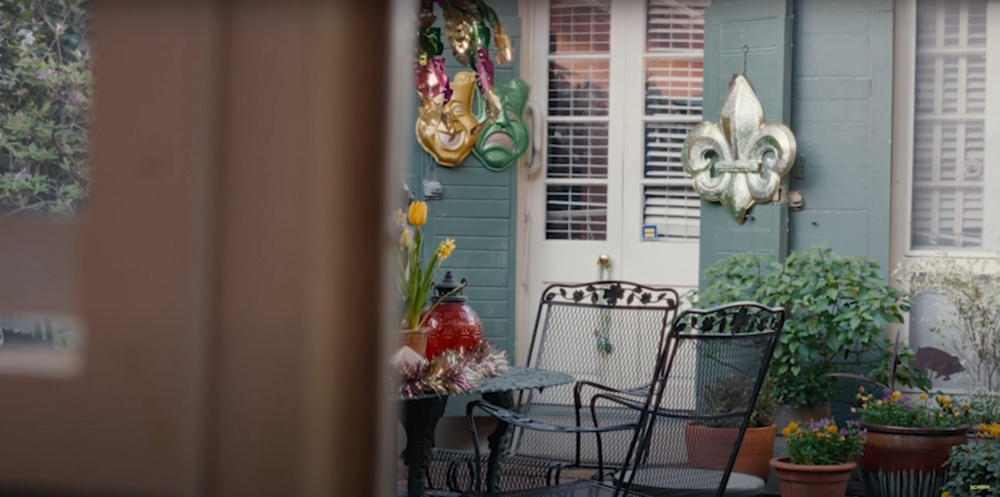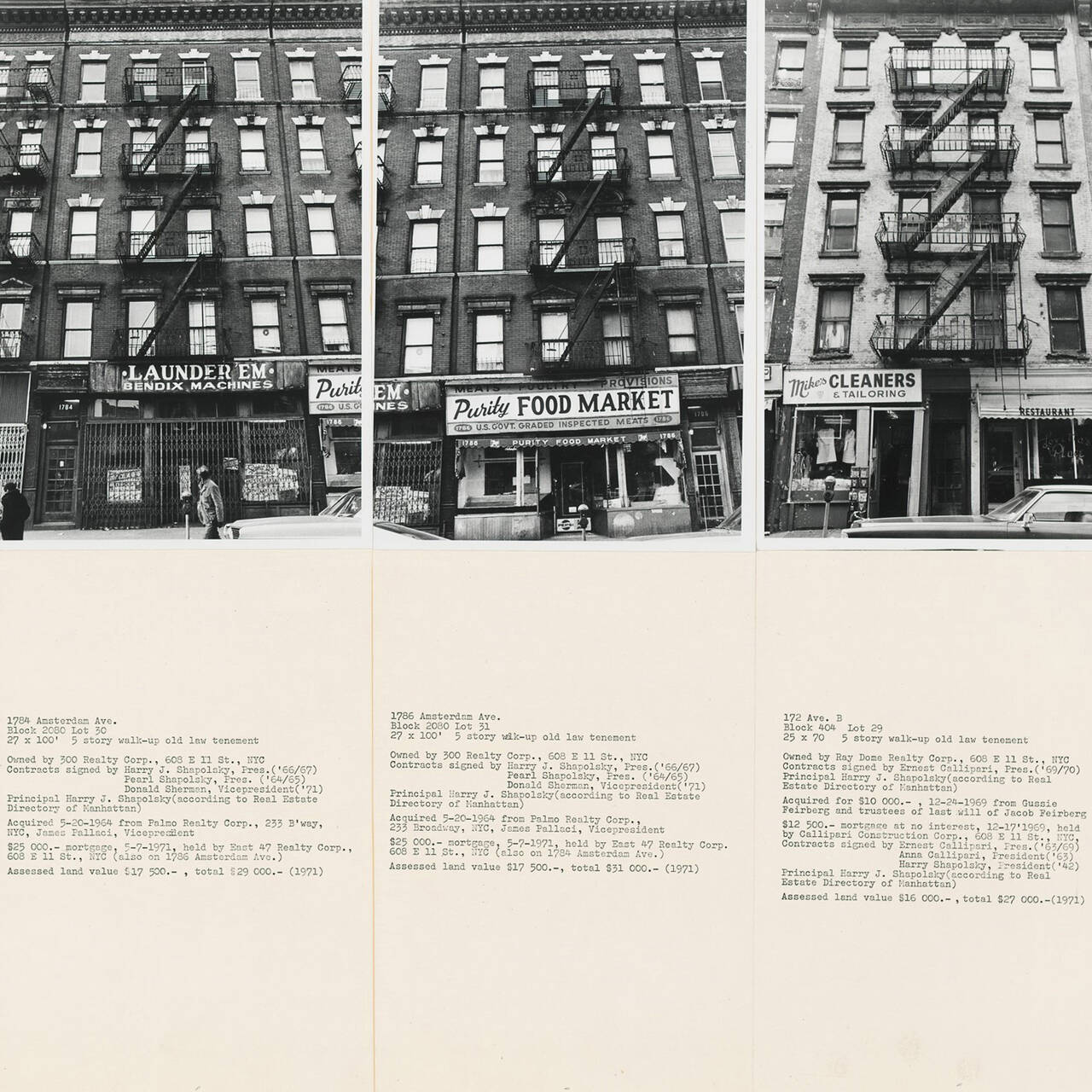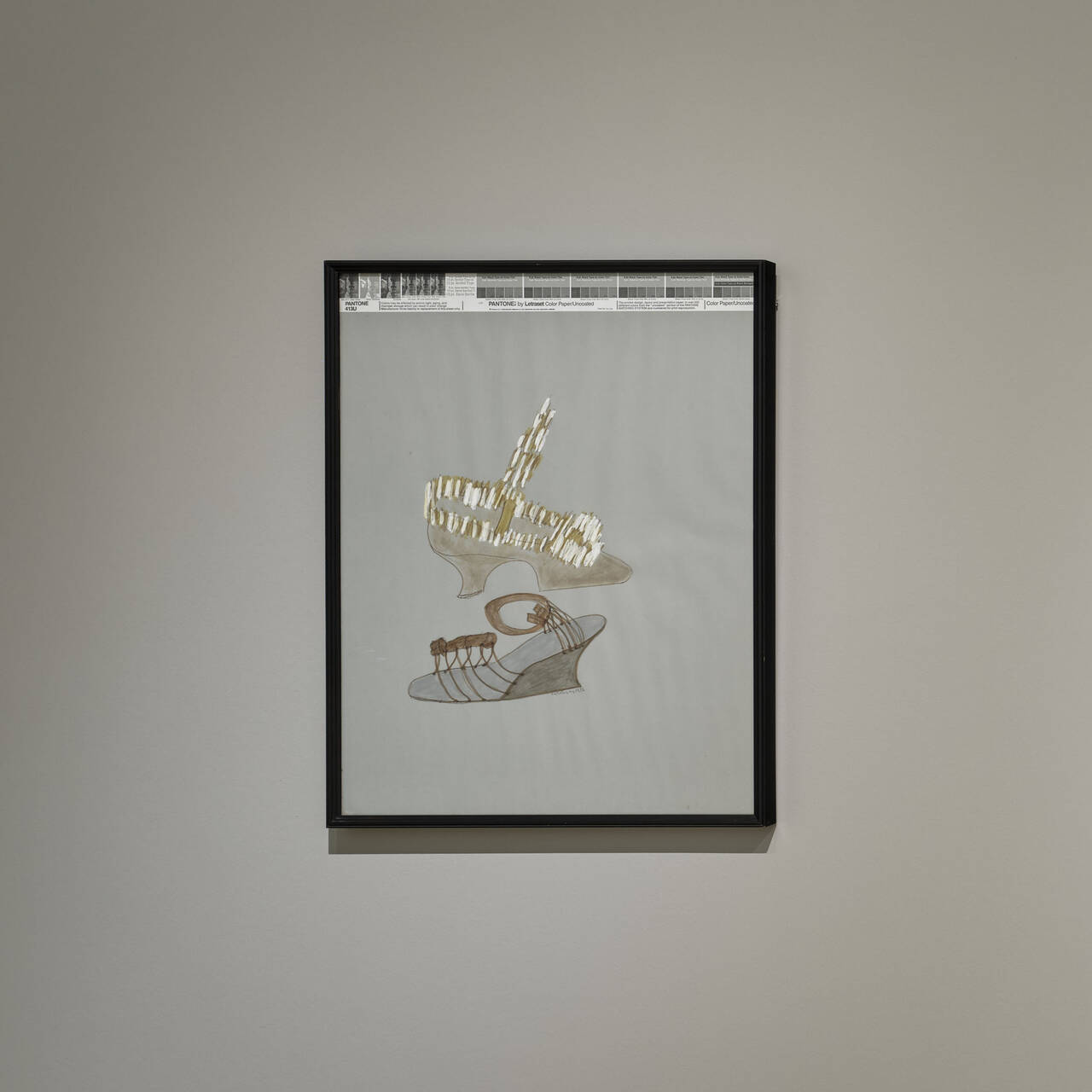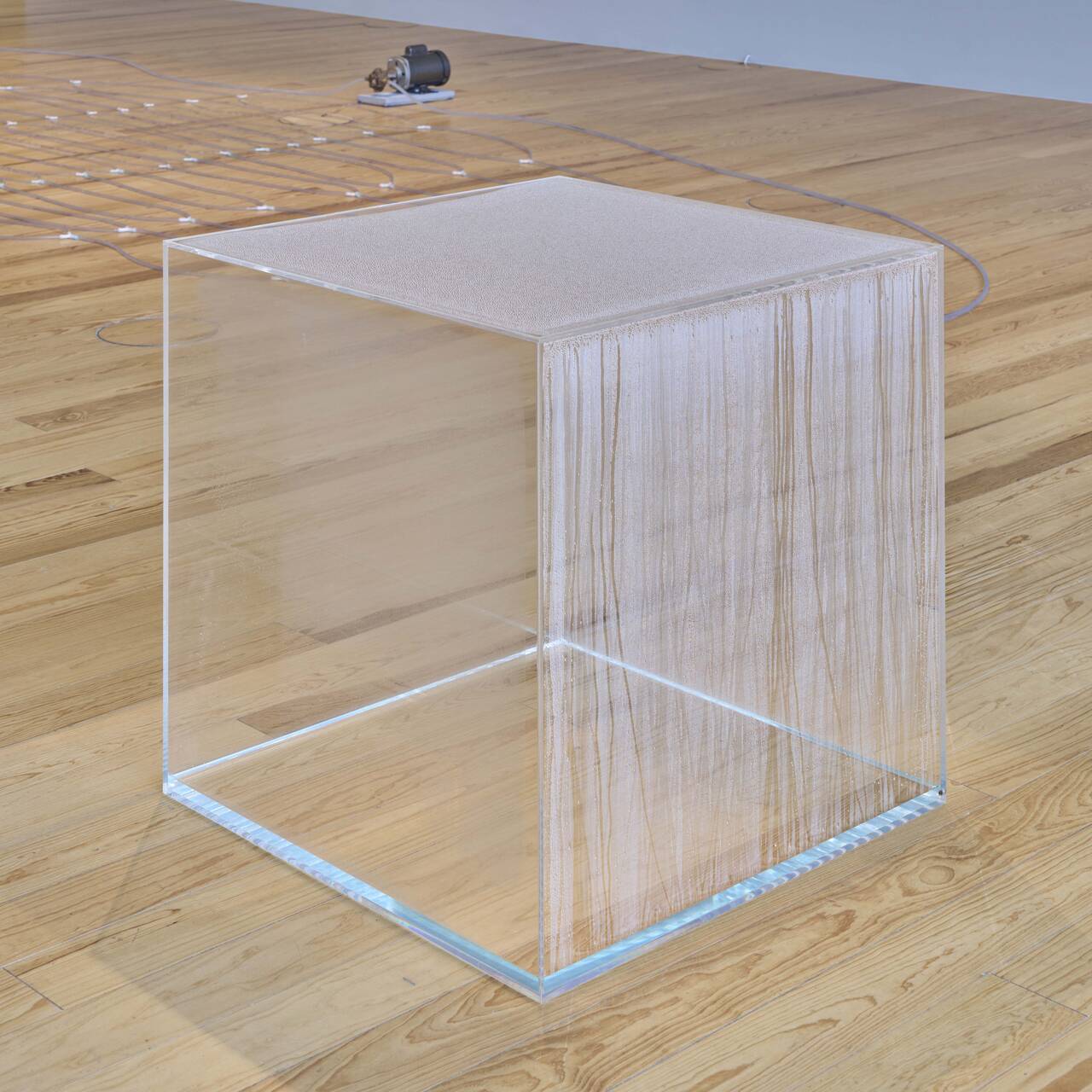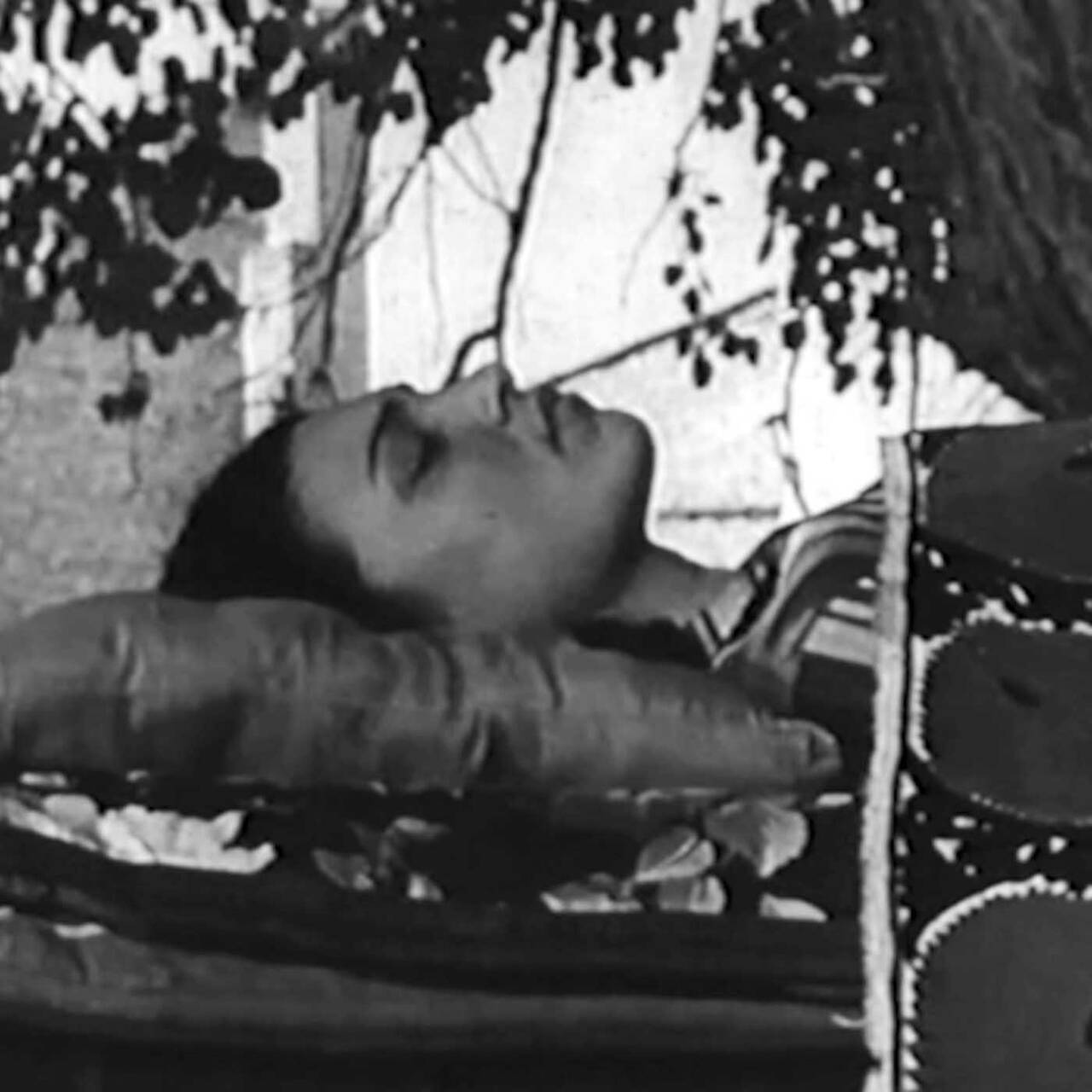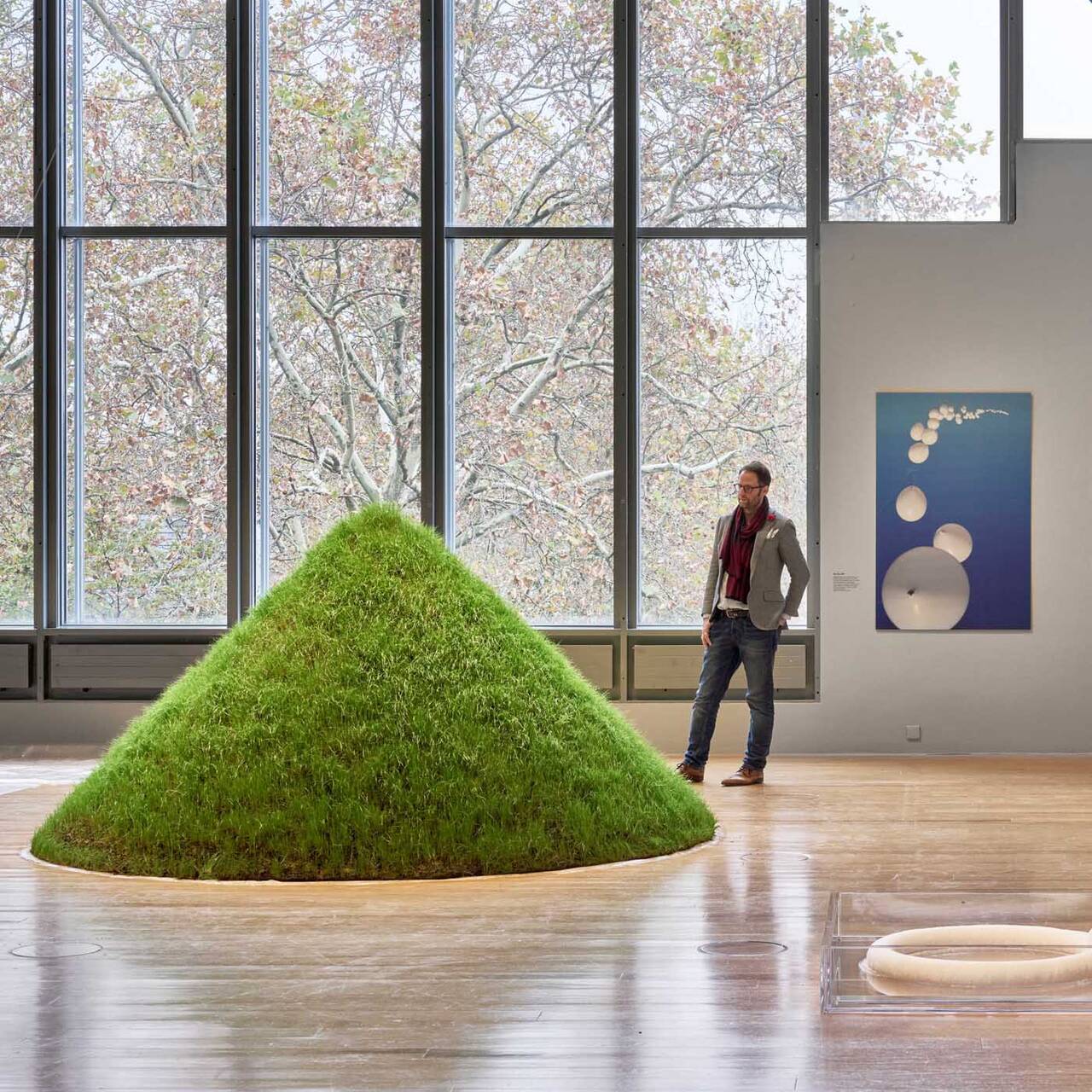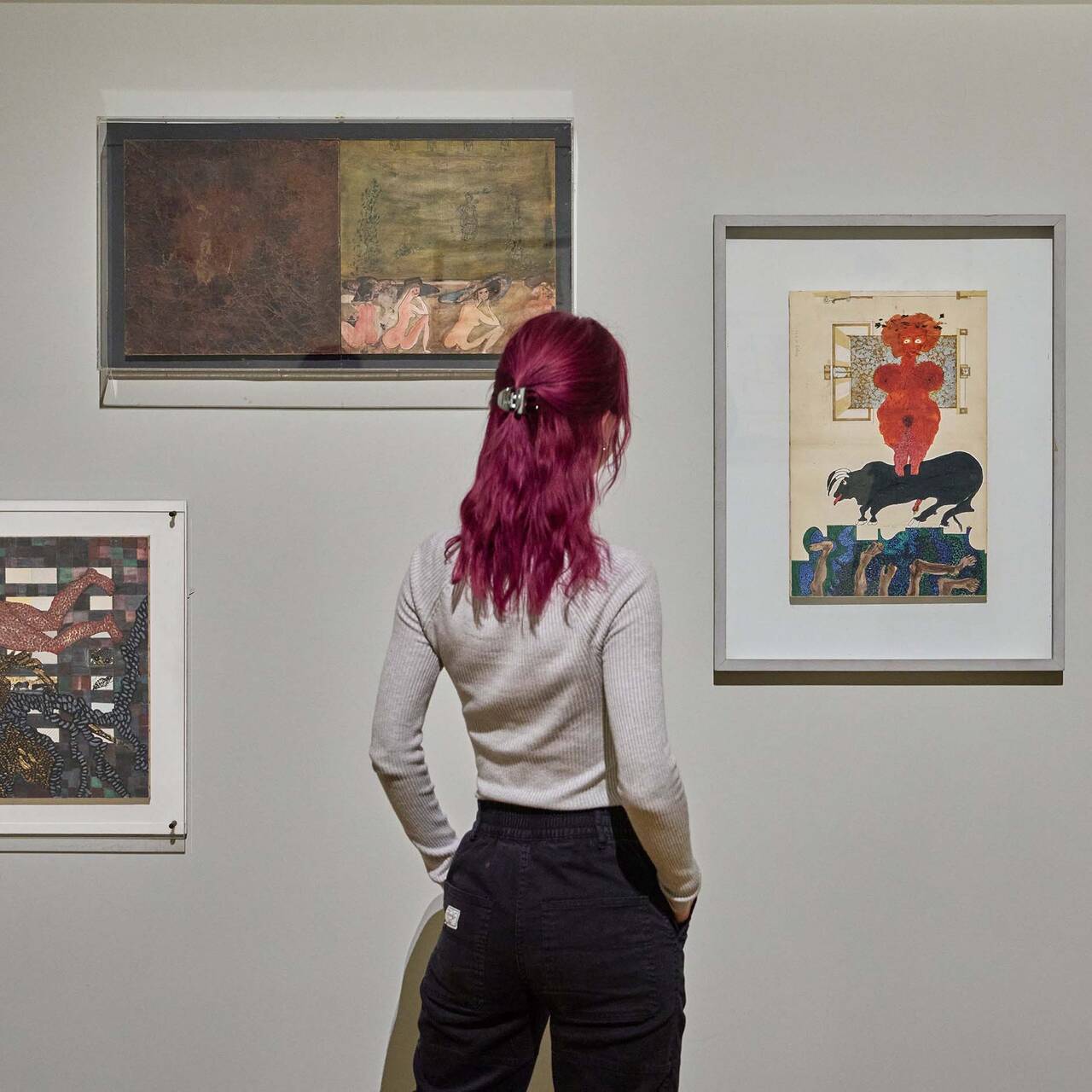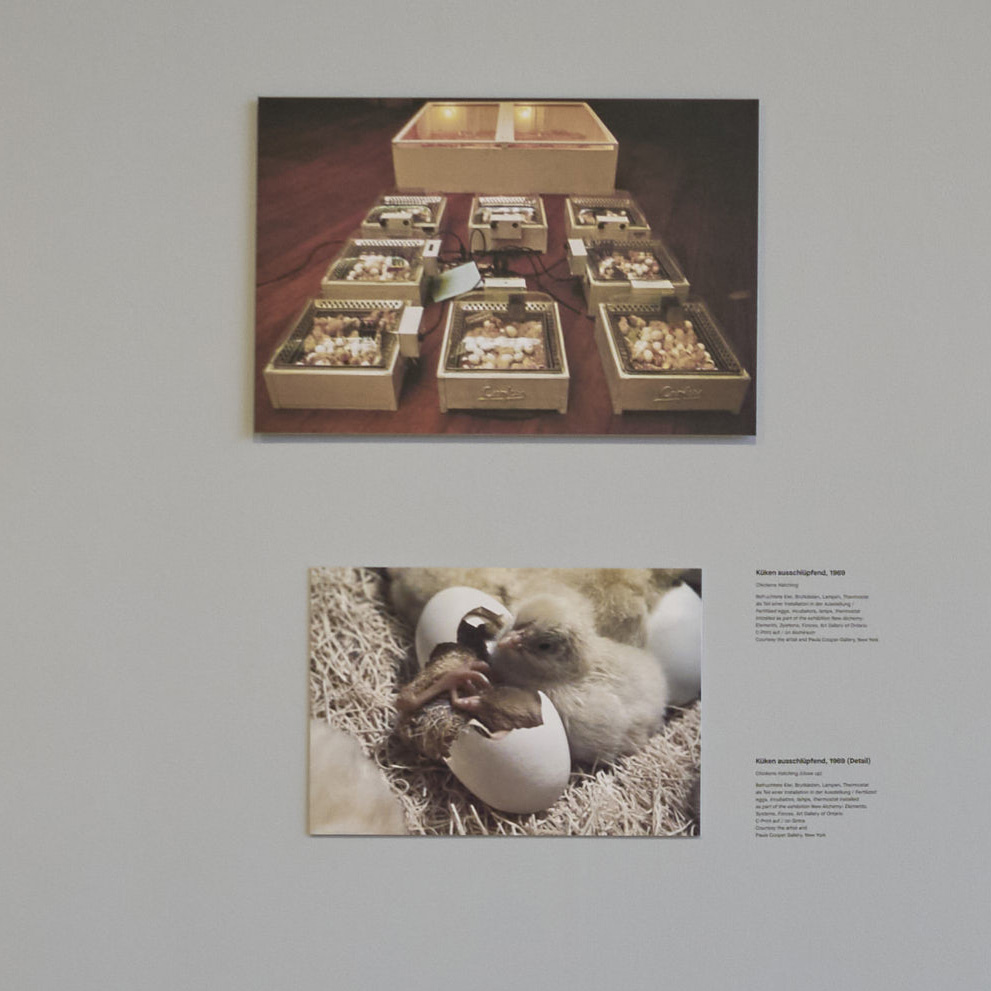A gay uprising in New Orleans that took place a full 14 years before the Stonewall riots? DOUBLE FEATURE artist Flo Maak and Danish filmmaker Lasse Lau uncover a forgotten history of the LGBT movement in their video work “Hang On, Hang Tight”.
When Frank Perez was contacted by Lasse Lau in January 2020, he was surprised to be quizzed by the Danish filmmaker about a gay uprising that took place in 1955. Perez, executive director of the LGBT+ Archives Project of Louisiana and author of several books on New Orleans’ queer history, had never heard of such a riot until then. OK, the now-closed Dixie’s Bar of Music in the city’s French Quarter, which was at the center of Lasse Lau’s research, had been a protected space for queer people from as early as the 1940s – a meeting place, where “rich and poor, gay and straight felt comfortable,” as an obituary back then on its owner and operator Yvonne Marther Fasnacht, aka Miss Dixie, put it. But a riot against the police, 14 years before the Stonewall riots in New York City, considered worldwide to be the turning point in the struggle for equality and recognition for the LGBT movement? Frank Perez asked around among his own circle of acquaintances; however, once again none of them had ever heard of the evening in question at Dixie’s Bar, either.

Exterior of Dixie's Bar of Music, 1949, Courtesy of Walter Cook Keenan New Orleans Photographs Collection, Southeastern Architectural Archive, Special Collections Division, Tulane University Libraries, Photo: Walter Cook Keenan, Image via acloserwalknola.com
A piece of oral history
The video work “Hang On, Hang Tight” (2022), a collaboration between photographer and multimedia artist Flo Maak and Lasse Lau, highlights the forgotten riot that occurred during the Mardi Gras celebration in February 1955. In the course of his research, Lasse Lau’s attention was drawn to a piece of oral history, an interview recorded in 1999 with Paul Coates, Navy veteran, choreographer and dancer, in which the latter recapitulates the events of that night. According to Coates, the police tried to force their way into the bar, using tear gas in the attempt, but this was ultimately prevented successfully by the bar’s homosexual clientele.

“Hang On, Hang Tight” then proceeds to include excerpts from the interview. When asked about Dixie’s Bar – then under the protective hand of Miss Dixie – Coates smilingly describes it as a popular gay hotspot: “If they didn’t go in gay men, a lot of them left gay”. In documentary form, Maak and Lau let numerous other contemporary witnesses and historians, including Franz Perez, have their say, offering a moving insight into the city’s queer scene past and present. Despite political repression, the gay bar scene in New Orleans was unique nationwide, as LGBTQ+ historian Roberts Batson describes: “They weren’t owned by the mafia; they were owned by people who were gay or people who genuinely cared about their gay customers.” Not, says Batson, like the Stonewall Inn in New York, for example, where the Mafia merely tolerated its gay clientele and charged them horrendous prices for watered-down beer.

The Stonewall Inn, Photo: Matthew McDermott, Image via nypost.com
Celebrating the resilience and diversity of queer life
Flo Maak and Lasse Lau juxtapose those recordings with dance sequences that were developed together with choreographer Diogo de Lima and performatively translate the eyewitness statements into images: Two men intertwined, intimately and slowly grasping each other’s bodies, soon dancing exuberantly with a woman before night falls and the scene becomes more threatening. “Hang On, Hang Tight” thus also manages to counter the fact that the documented history of gay life is almost exclusively limited to printed police reports in newspapers, as Roberts Batson notes. The work by the artist duo is not only a tribute to Miss Dixie and a visualization of what was arguably the first gay uprising in the U.S., but also a celebration of the resilience and diversity of queer life.

Lasse Lau’s “Pine Nuts”
The second film to be screened is Lasse Lau’s “Pine Nuts” dating from 2008. “Once there was a forest. Then the forest became a city, and the remains became a park. The city started a war and with time its park became imaginary,” read the pictorial panels introducing the work, which takes the Horsh Beirut park in the center of the Lebanese capital as the starting point for a narrative about the personal fates of people from the diaspora. The huge urban park, the remnant of a former pine forest, has been repeatedly exploited for the war economy since its existence and has suffered terribly as a result of various armed conflicts.
In “Pine Nuts”, we see still footage of the green space from the time after the end of the Lebanese Civil War in 1990, when it was rebuilt but not opened to the public. (It was not until 2015, 25 years after the end of the war, that the park was reopened for public use.) On the accompanying soundtrack, five protagonists tell personal stories that are loosely connected to the park or use it as a starting point for narratives from the diaspora. In their accounts Horsh Beirut, the epicenter of what the capital used to be for many of its inhabitants, becomes a distant place of longing, a symbol of a past that is still present, and to which access nevertheless still remains denied.
